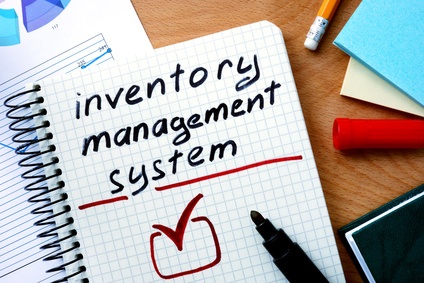
I’ve incorporated three planning method options into a presentation on inventory management best practices. I’ve been receiving more and more requests for this topic as executives experience the impact poor inventory management can have on an organization – it can stunt growth, weaken profits, tie up cash unnecessarily and negatively impact operational efficiency.
I run across conflicts frequently among these options. Unfortunately, the method is often dictated. Resources are not valued. And results struggle. On the other hand, my best clients view these as complementary options to be used at the “right” time in the “right” situation for the “right” products.
Briefly reviewing these methods:
- Lean: In lean circles, planning is seen as a Kanban process. In essence, the demand is pulled through the system by the customer. For example, when a customer consumes 5 pieces, the manufacturer produces 5 pieces. This type of process works effectively when demand is even.
- MPS/ MRP: Master production schedules and material requirements planning are system tools and related processes that derive production requirements and purchase plans from a compilation of demand (sales orders, forecasts, independent demand), inventory levels, expected production plans and receipts etc. This process looks at lead times and calculates what should be produced, regardless of the environment (make-to-order, make-to-stock, configure-to-order etc.). This type of planning can work effectively with uneven demand.
- TOC: The theory of constraints focuses on subordinating all resources to the bottleneck or most overtaxed resource. The focus is often-times on throughput. Since throughput will be limited by the bottleneck, it makes sense to focus there.
I cannot tell you how many disagreements I’ve seen over the years on the optimal planning method. In some companies, executives have become purists to one method or another, and it created havoc – unhappy customers, high costs etc. Instead, I’ve found it is well-worth it to evaluate what combination of methods makes the most sense for each particular company, product line, machine, team etc. My most successful clients use a combination approach.


